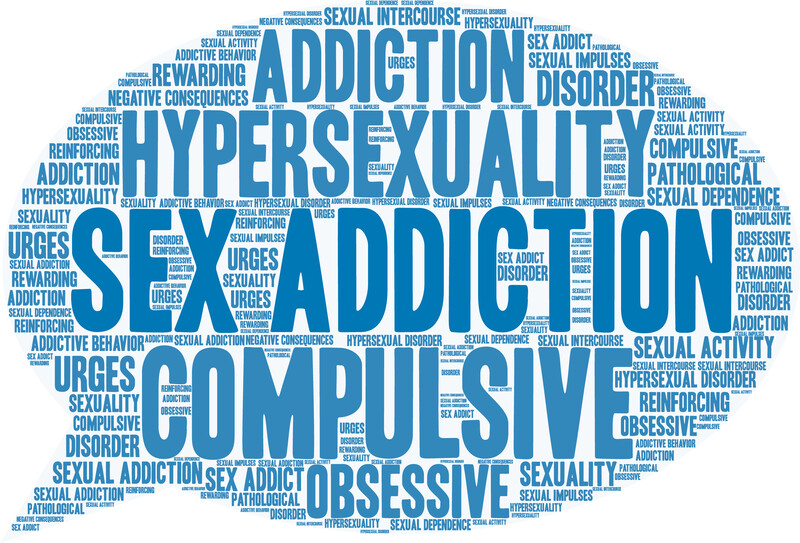In the old days, in a somewhat patronizing way, people would refer to a woman that had uncontrolled sexual desires as being a “nymphomaniac.” The fact that the male equivalent of “satyriasis” is barely known of, shows the sexist nature of the description. But when people find sexual urges uncontrollable, it is now being considered a disorder called “Hypersexuality.”
Just like any addiction, it only becomes a problem when the excessive sexual urges start to negatively impact other parts of your life or the lives of other people.
However, with self-help and treatment, compulsive sexual behavior can be successfully managed.
Hyper-sexuality meaning? When are sexual desires deemed excessive?
Hyper sexuality is when libido is extremely frequent or suddenly increased. There is still some debate about whether it should be classed as a clinical condition.
Generally it is a problem if sexual behaviors take a lot of your time and you feel you can’t control them. Or you feel guilt or shame about them. This includes sexual fantasies, urges, and behaviors.
It is an issue if you have tried unsuccessfully to reduce or control them.
Another red flag is the inability to establish normal stable relationships.
How can you manage hypersexuality?
Look at what triggers you. Is it strip clubs? Avoiding or reducing use of porn can be useful as it tends to increase unrealistic sexual expectations. There is software you can install that will block those sorts of sites on your computer.
Journaling about other behaviors that bring you pleasure may help. For example, you may remember that you also derive pleasure from nature walks and decide to do more of that.
Other people find mindfulness useful – that is staying with the feeling – just witnessing it until it naturally subsides over time. Having sex can be a way of running away from whatever we are feeling. With mindfulness, you don’t run, you simply observe and feel it in your body.
Like any addiction, not being able to find inner fulfilment and seeking it outside yourself can be part of the issue. That is why some people find practices such as meditation useful.
If none of these approaches help, you may find it useful to schedule an appointment with a counselor to discuss it. Psychotherapy (talk therapy) is one of the main treatment approaches for this condition. Cognitive behavioral therapy (CBT) can also help you identify unhealthy, negative beliefs and behaviors and replace them with better ones.

